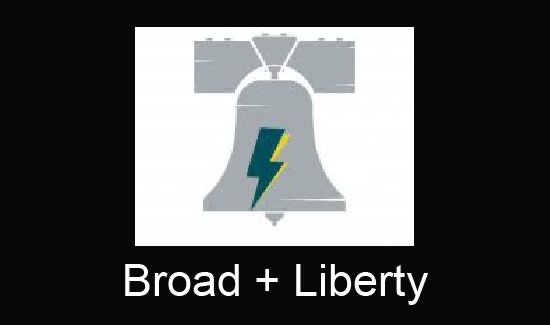PA Corrections Spending
Pennsylvania’s FY 2011-12 total operating budget of $63.4 billion, which included $27.1 billion in General Fund spending, represented the first year-to-year reduction in state spending in at least 40 years. However, as the economy continues to struggle out of a recession and with increasing costs in public welfare, corrections, pensions, and debt, the FY 2012-13 budget will require even more difficult decisions by the General Assembly and Governor Corbett to put Pennsylvania on a path to prosperity.
Unprecedented Prison Population Growth at Unsustainable Costs
• Pennsylvania’s incarceration rate has increased by 500% since 1980, from 8,000 to more than 50,000 in state prisons.
o Despite constructing 18 new prisons since 1980, the 2010 prison population was 13% over capacity.
o Three new prisons and additional facilities are scheduled for construction, bonded at $695 million.
• Over the last 30 years, the Pennsylvania Department of Corrections’ budget grew 1,700%, and is now the third largest department in the General Fund Budget.
o It is estimated that 22.6% of corrections costs are "outside" the department budget. Outside budget expenses include state employees’ underfunded pensions and health care, inmates’ health care, capital costs, statewide administration costs and additional inmate education. Combined, Pennsylvania prisons’ price tag was $2.1 billion in 2010.
Principled Corrections & Criminal Justice Reforms
States such as Michigan, New York and Texas have significantly reduced both their crime and imprisonment rates over the past decade, demonstrating that prison populations can be significantly reduced without compromising public safety. Evidence-based policy reforms should embrace the following three principles:
• Keep Low-Risk Cases Out of Prisons. Research indicates that while imprisonment keeps offenders from committing crimes while in prison, it does not deter crimes after release, and may even make low-risk offenders more likely to commit future crimes.
Policy Recommendations:
o Front-End Actuarial Risk Assessment. Integrate such assessments into the sentencing process in order to sort out high-risk cases requiring prison vs. lower-risk cases that may be better managed in alternative diversionary options outside of prison.
o Drug Courts. Drug courts are a proven alternative to incarceration for low-level drug offenders. Drug courts offer intensive judicial oversight of offenders combined with mandatory drug testing and escalating sanctions for failure to comply. Similarly, other problem-solving courts such as Mental Health Courts, DUI Courts, and Reentry Courts should be utilized.
• Reduce Recidivism. Nationally, one-third to half of prison admissions are individuals revoked from probation or parole. Similarly, 60% of Pennsylvania offenders in 2004 were returned to prison because of parole or probation violations.
Policy Recommendations:
o Graduated Sanctions for Probationers and Parolees. Using graduated sanctions where each technical violation (not a new crime) is met with a swift and certain response—such as increased reporting, a curfew, or even a "shock-night" in jail—can reduce revocations. Alterative punishment for technical parole/probation violations such as missing appointments would better utilize prisons.
• Fund Results, Not Just Punishments. Criminal justice reforms should protect citizens, lower crime rates, and control spending.
Policy Recommendations:
o HOPE Court. In Hawaii’s Opportunity Probation with Enforcement (HOPE), drug offenders are ordered to treatment and must call every morning to see if they must report to court for a drug test. Failure can result in jail time. This model has reduced positive drug screens by more than 70% and cut both revocations and new arrests in half, saving on overall costs.
o Expanded Use of Technology. Electronic monitoring is an effective alternative for nonviolent offenders. A Florida study found offenders on GPS were 31% less likely to return to prison than those not being monitored.
o Earned Discharge for Probationers/Parolees. Arizona has used good time credit to limit the time spent in probation without increasing repeat arrests. Probationers can earn good time credit for time served when they fully comply with all terms, such as restitution. Ending probation/parole supervision at a "redemption point," instead of an arbitrary time limit, allows resources to focus on the front end, where the risk of violation is highest.
# # #
Click here for the full Policy Points
To download the full PDF version, click here.
For more information on the Pennsylvania State Budget, visit www.CommonwealthFoundation.org/Budget
We Appreciate Your Tax-Deductible Support!





